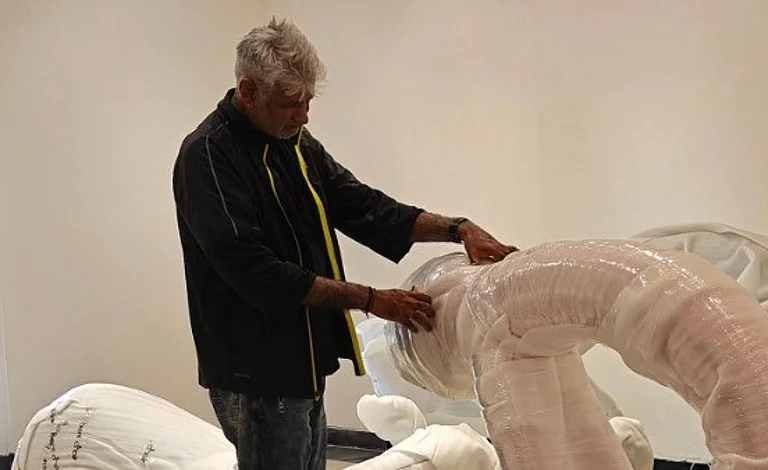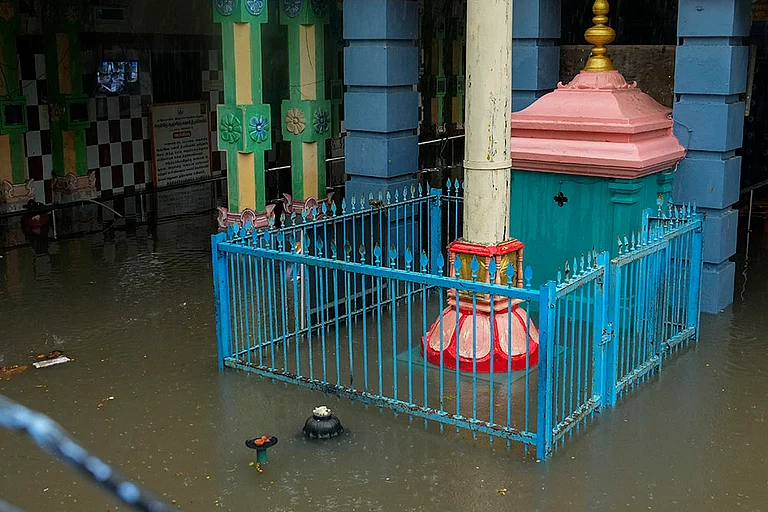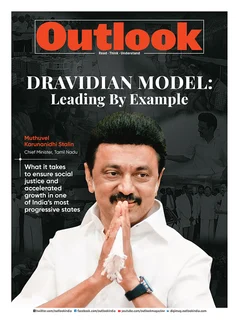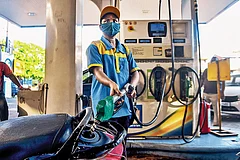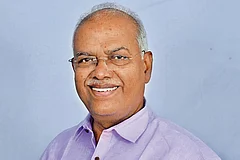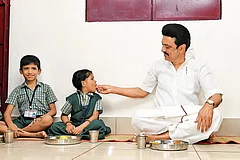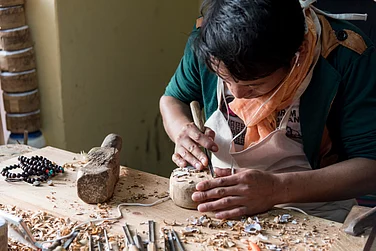Much has been written about Chennai being the home to an early medical college and an engineering college. But much less has been documented about how the state has been creating training schools for different art forms since 1850. The Government College of Fine Arts, the film institute to train people in direction, cinematography, sound engineering, acting and editing, an exclusive university for the performing arts, multiple schools for music across the state, and the Government College of Architecture and Sculpture among other institutions are an indication of the state’s engagement in the world of culture.
The School of Arts, Madras was founded in 1850 by Dr Alexander Hunter, a surgeon by profession but in his heart a passionate artist. He was born in 1816 in Chittagong and desired to move to the Madras Presidency. Here he became a Chief Surgeon. As a young man he wanted to become a painter but his parents disapproved of his choice and wanted him to pursue medicine. He was an evangelist and hardworking surgeon but developed his ‘self-taught’ skills in painting and drawing. He believed that art and design should be an integral part of the growing urban centre of Madras. He seeded the idea of an art school-to build an institution that nurtured creative possibilities in fine art, design, printmaking and photography.
Today, the School has been renamed as the Government College of Fine Arts, Chennai. The expansive campus, influenced by the Arts and Crafts movement of Britain and the studios are a silent testimony to the experiments that happened here. The School even during its early days desisted from becoming a manufacturing unit but aspired to keep alive its pedagogical approach. This impacted the design of everyday objects such as utensils, furniture, decorative and functional architectural design components like stained glass panels, ornamental wrought iron and wood carvings made there. Many such objects and features still survive as part of the façade of the city’s builtscape.
The School has since been contributing to the visual, aesthetic, cultural and social fabric of the city in multiple ways. The visible markers to the contributions of prominent artists in Chennai capture just a sliver of the engagement in the art and culture landscape. The conversations and the sharing of ideas has been been through ‘murmurs’ that have never stopped or reduced in intensity.
The field of culture is constantly evolving with influences from emerging practices, increased cross disciplinary references and more importantly with technological interfaces. How then do we continue to plot out an artistic incubating space as a continuum to Hunter’s efforts keeping in mind the regional aesthetical aspirations of the Tamil language and culture?
The School has since been contributing to the visual, aesthetic, cultural and social fabric of the City in multiple ways
As art practices progressively transition from unorganized units into recognisable fields, the transformations are scaled up.
The conception and activation of such accommodating organizations is the call of the hour. The Onemai Foundation, as an organization proposes to think about how the digital scape allows for a certain agility, while retaining the ability to initiate complex projects that require the contribution of people from various disciplines. The evolving digital scape offers new ways of presenting and engaging with the public creating a virtuous cycle of cultural incubation. Additionally and more importantly the digital scape offers newer ways of preserving knowledge that is also purely digital.
Thinking about the notion of the ‘public Internet’ as a sphere, surprisingly it is still a largely unexplored idea due to many technological restrictions. Today, with the advent of technologies like blockchain, public internet more of a practical possibility of becoming a space for global co-existence. The blockchain and the Internet become the most suitable and agile partners to facilitate a possible life for artistic production. Here the nature of work, scale and duration have multiple possibilities as necessary tools for the linguistic cultural expansion of any artistic field. Language in its own regard is an incubator of culture, as it adopts new technological horizons it persists through its cultural productions and dissemination.
Onemai Foundation’s recent work, project Anbenum Peruveli, launched to the public in January 2024, is a musical exploration by singer Sanjay Subrahmanyan and composer Sean Roldan. This exercise in contemporary music with the poetry of Ramalinga Adigal popularly known as Vallalar, is an album of six audio NFTs (Non-Fungible Tokens) stored on the blockchain. As an example of cross collaborations, this project brings together a popular prolific singer and contemporary musical sensibilities to the compositions of the 19th century saint-poet. This project also has a layer of digital documentation and archiving. Activation of intersectional projects like Anbenum Peruveli unfolds a discourse on artistic incubation as a networked process.
MORE FROM THIS ISSUE
Hunter’s School of Arts was in essence a social justice effort in building an aesthetic and generative infrastructure. With challenges that we are facing with technological shifts, the collective call is to attempt to bridge gaps and at the same time keep innovative interactions possible with these shifts. Here incubation for artistic practices lies in initiating effort for collaborations and encounters.







